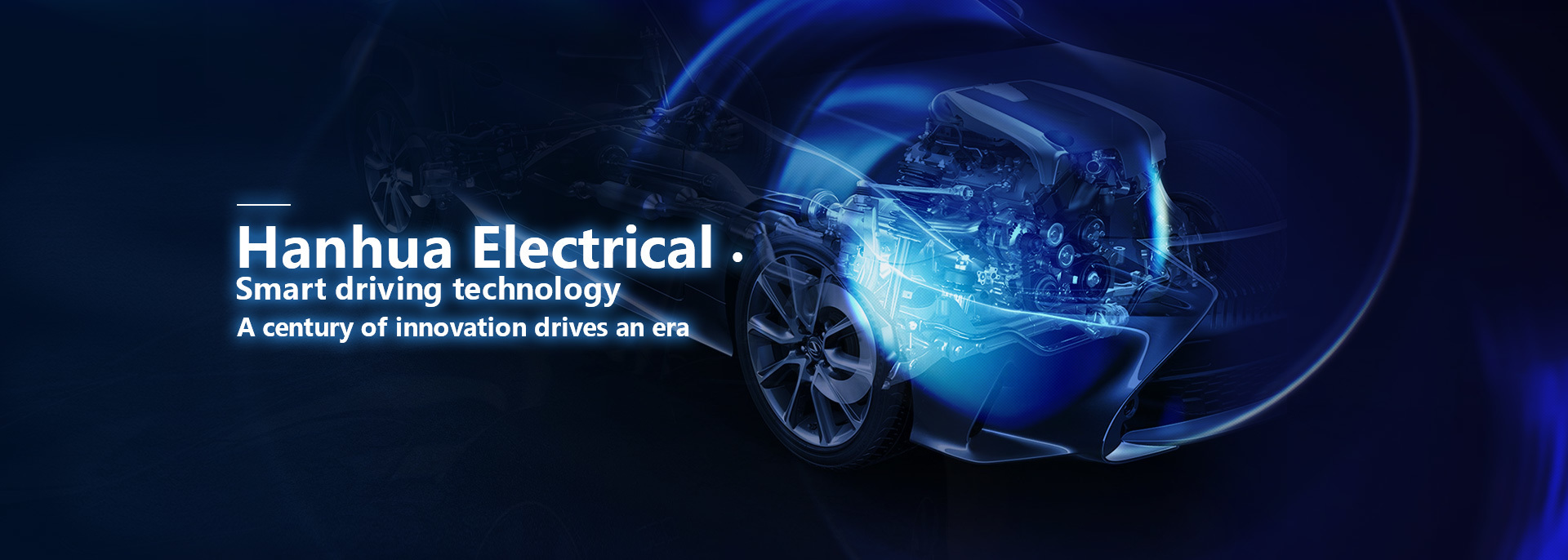Characteristics and advantages of brushless motor stator and rotor
Release Time:
2023-10-08
Characteristics and Advantages of Brushless Motor Stator and Rotor
A brushless motor stator and rotor uses electronic commutation. Compared to traditional brushed motors, it has many unique characteristics and advantages. This article will detail the characteristics and advantages of brushless motor stators and rotors and discuss their applications in various fields.
One characteristic of brushless motor stators and rotors is high energy efficiency. Using electronic commutation, brushless motors avoid the frictional losses of traditional brushes, thus improving energy utilization efficiency. This means that with the same electrical energy input, a brushless motor can produce greater output power, providing stronger power.
Secondly, brushless motor stators and rotors have a long lifespan. Because brushless motors do not have brushes, the problem of brush wear is eliminated. This results in a longer service life for brushless motors, maintaining high-efficiency operation for extended periods, reducing the frequency of maintenance and part replacement, and lowering operating costs.
In addition, brushless motor stators and rotors also have high-speed performance. Because the electronic commutation speed of brushless motors is faster, higher speeds can be achieved. This makes brushless motors excel in applications requiring high-speed rotation, such as aerospace, automotive, and industrial machinery.
At the same time, brushless motor stators and rotors also have lower noise and vibration levels. Traditional brushes produce noise and vibration during operation, while the electronic commutation method of brushless motors can reduce this unnecessary noise and vibration, making brushless motors more suitable for applications with high noise requirements.
Furthermore, brushless motor stators and rotors also have good control performance. Because brushless motors use electronic commutation, more precise motor control can be achieved. This makes brushless motors excel in applications requiring high-precision control, such as robotics, medical devices, and precision instruments.
In summary, brushless motor stators and rotors have characteristics and advantages such as high energy efficiency, long lifespan, high-speed performance, low noise and vibration levels, and good control performance. This has made the application of brushless motors increasingly widespread in many fields, bringing more possibilities to various industries.
As an innovative motor technology, brushless motor stators and rotors have unique characteristics and many advantages. They are not only energy-efficient and long-lasting but also have high-speed performance, low noise and vibration levels, and good control performance. In applications across various fields, brushless motor stators and rotors are playing an increasingly important role. The development of brushless motors has opened a new chapter in modern motor technology, bringing more convenience and possibilities to our lives.
A brushless motor stator and rotor uses electronic commutation. Compared to traditional brushed motors, it has many unique characteristics and advantages. This article will detail the characteristics and advantages of brushless motor stators and rotors and discuss their applications in various fields.
One characteristic of brushless motor stators and rotors is high energy efficiency. Using electronic commutation, brushless motors avoid the frictional losses of traditional brushes, thus improving energy utilization efficiency. This means that with the same electrical energy input, a brushless motor can produce greater output power, providing stronger power.
Secondly, brushless motor stators and rotors have a long lifespan. Because brushless motors do not have brushes, the problem of brush wear is eliminated. This results in a longer service life for brushless motors, maintaining high-efficiency operation for extended periods, reducing the frequency of maintenance and part replacement, and lowering operating costs.
In addition, brushless motor stators and rotors also have high-speed performance. Because the electronic commutation speed of brushless motors is faster, higher speeds can be achieved. This makes brushless motors excel in applications requiring high-speed rotation, such as aerospace, automotive, and industrial machinery.
At the same time, brushless motor stators and rotors also have lower noise and vibration levels. Traditional brushes produce noise and vibration during operation, while the electronic commutation method of brushless motors can reduce this unnecessary noise and vibration, making brushless motors more suitable for applications with high noise requirements.
Furthermore, brushless motor stators and rotors also have good control performance. Because brushless motors use electronic commutation, more precise motor control can be achieved. This makes brushless motors excel in applications requiring high-precision control, such as robotics, medical devices, and precision instruments.
In summary, brushless motor stators and rotors have characteristics and advantages such as high energy efficiency, long lifespan, high-speed performance, low noise and vibration levels, and good control performance. This has made the application of brushless motors increasingly widespread in many fields, bringing more possibilities to various industries.
As an innovative motor technology, brushless motor stators and rotors have unique characteristics and many advantages. They are not only energy-efficient and long-lasting but also have high-speed performance, low noise and vibration levels, and good control performance. In applications across various fields, brushless motor stators and rotors are playing an increasingly important role. The development of brushless motors has opened a new chapter in modern motor technology, bringing more convenience and possibilities to our lives.
Brushless motor stator and rotor





